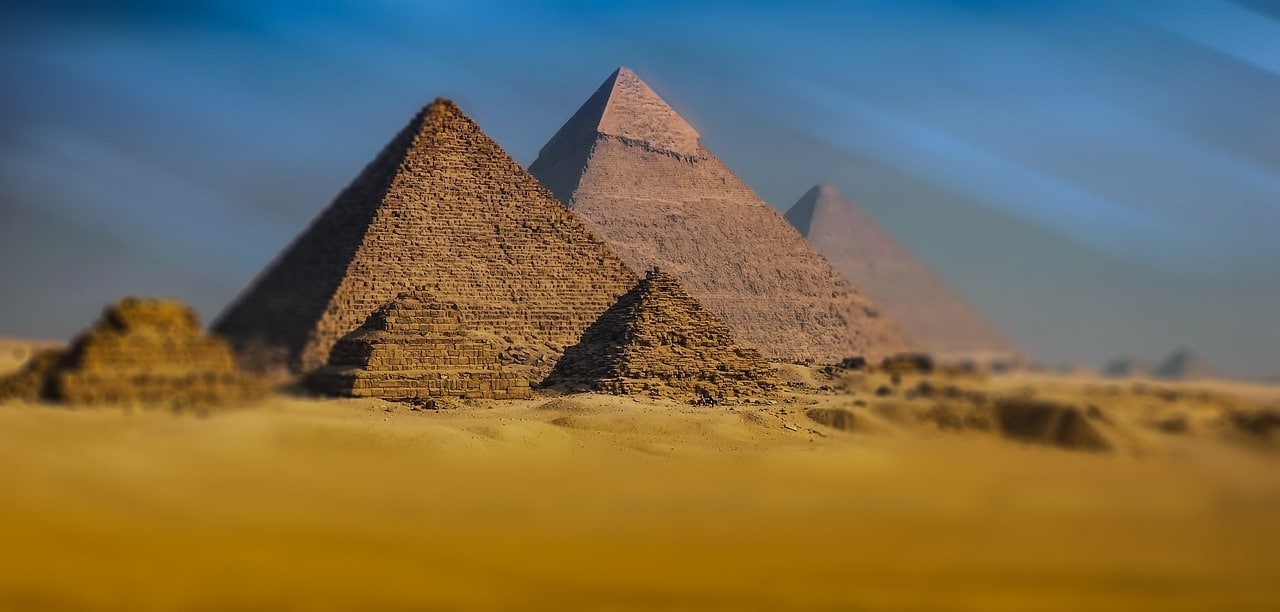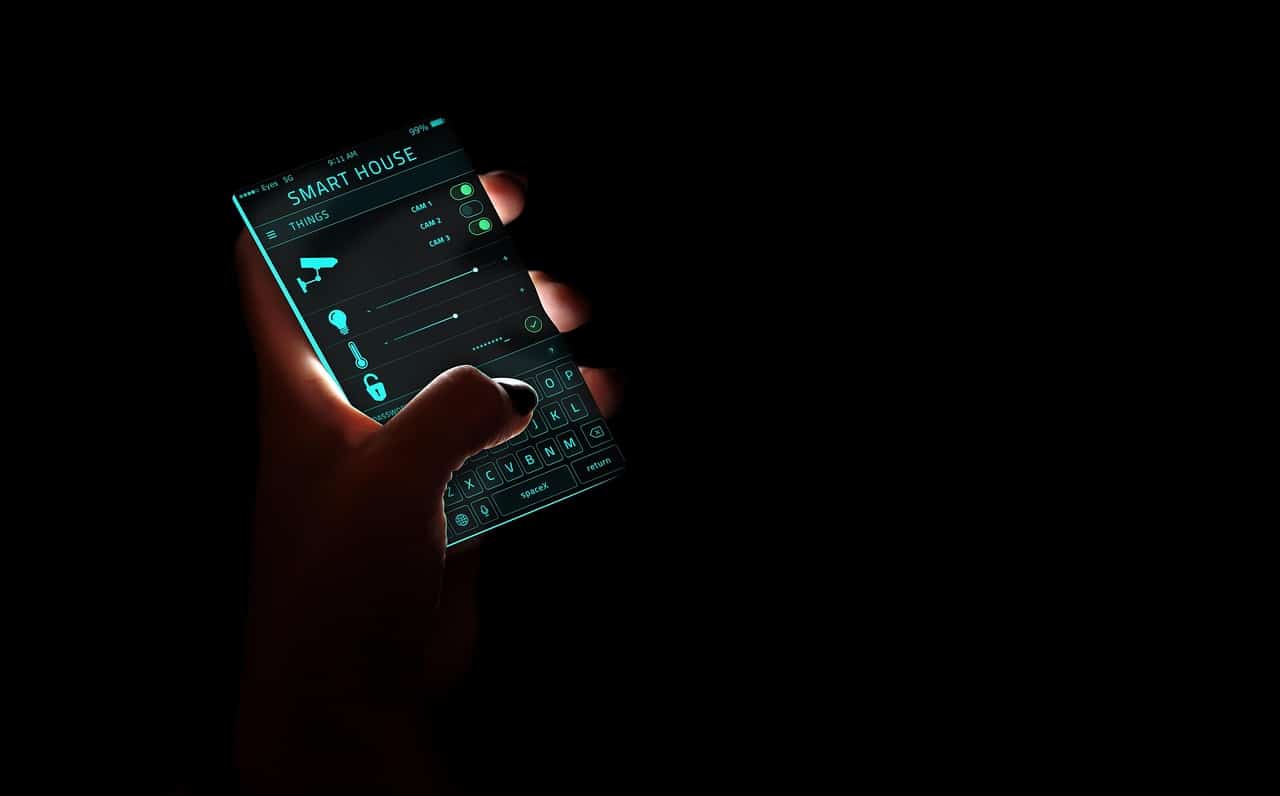
What is Muon Tomography
The Discovery in the Pyramids of Egypt
In 2017, the world of archaeology was shaken by an extraordinary discovery: a massive hidden cavity inside the Great Pyramid of Giza, the largest and most majestic of Egypt’s pyramids. This revelation did not come through traditional excavation but rather through an advanced technology called muon tomography. This imaging method allowed scientists to “see through” the structure without damaging it, opening new horizons in archaeological research. But what exactly is muon tomography, and how does it work? Let’s find out together.
What is Muon Tomography
Muon tomography is an imaging technique that uses muons, subatomic particles produced by cosmic rays when they interact with Earth’s atmosphere. These muons, similar to electrons but much heavier, can pass through dense materials such as rock and concrete. However, when they encounter empty spaces or materials with different densities, their behavior changes, allowing scientists to reconstruct three-dimensional images of hidden structures.
This method is particularly useful for exploring inaccessible environments, such as pyramids, caves, volcanoes, and even damaged nuclear reactors. Unlike traditional investigation techniques, muon tomography is non-invasive, making it ideal for archaeological and geophysical applications.
Who Invented Muon Tomography
The idea of using muons to explore the interior of structures dates back to the 1950s, but the first practical application occurred in 1969 thanks to physicist Luis Walter Alvarez, a Nobel Prize winner. Alvarez applied this technique to search for hidden chambers inside the Pyramid of Khafre in Egypt. Although his research did not lead to the discovery of new rooms, it laid the foundation for future developments in muon tomography.
In the following years, the technology was refined and applied to multiple fields, becoming a crucial tool for scientific exploration. Today, thanks to advancements in particle detectors and analysis models, muon tomography is used in numerous sectors, from archaeology to volcanology to nuclear security.
Structures Where Muon Tomography Has Been Tested
Beyond the Great Pyramid of Giza, muon tomography has been employed in many other structures and scientific contexts:
1. Temple of Kukulkán (Mexico)
At the archaeological site of Chichén Itzá, scientists used this technology to explore the Kukulkán pyramid, discovering that an older pyramid exists within the main structure.
2. Active Volcanoes (Italy and Japan)
Muons have been used to monitor magma beneath volcanoes such as Mount Vesuvius and Mount Asama in Japan, helping researchers predict possible eruptions with greater accuracy.
3. Fukushima Nuclear Reactors (Japan)
After the 2011 nuclear disaster, muon tomography was used to analyze the internal state of the damaged reactors without exposing operators to dangerous radiation.
4. Underground Tunnels and Caves (Italy and the United States)
The technology has enabled the exploration of caves and underground structures, such as those in Monte Echia in Naples and the underground laboratories of Los Alamos in the United States.
Muon tomography is one of the most revolutionary technologies in scientific research, with applications ranging from archaeology to geophysics to nuclear security. Thanks to its ability to “see through” complex structures without damaging them, its use is expected to grow in the coming years, offering new insights in previously unexplored fields.
If you’re passionate about technology and scientific discoveries, stay tuned to keep up with the latest innovations in advanced research!








